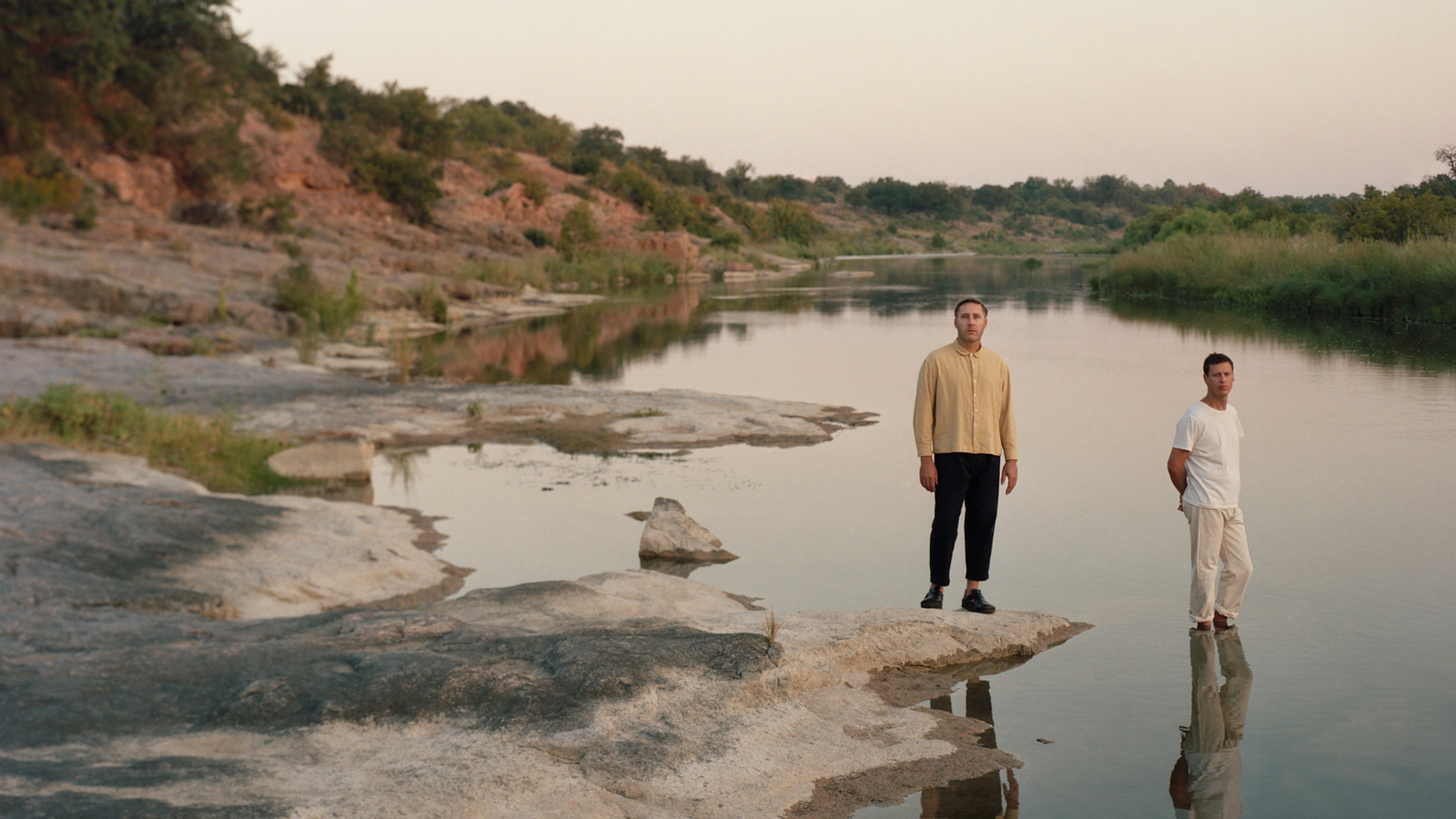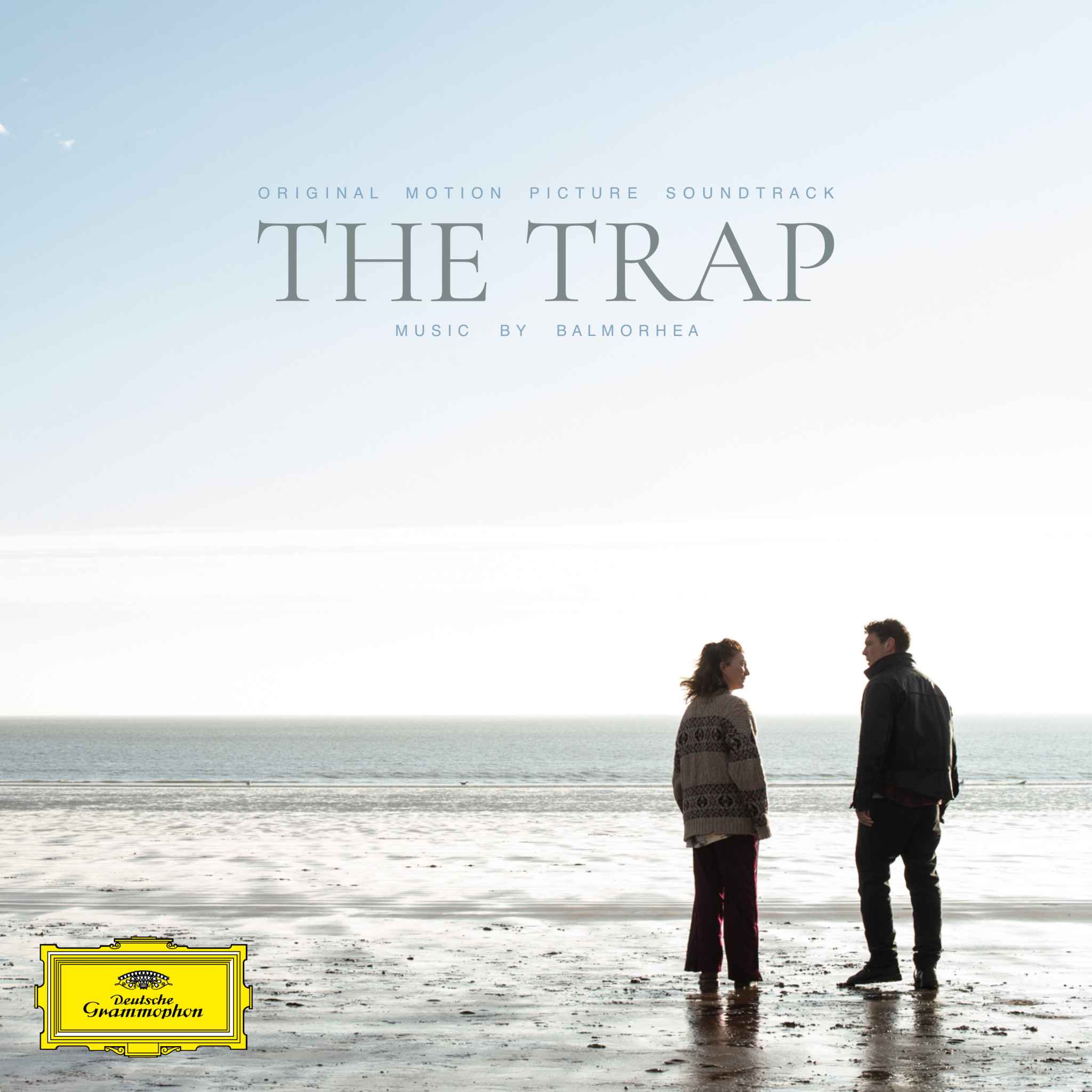The story goes that musicians Rob Lowe and Michael A. Muller met back in 2000. At that time, they lived in Midland, a town in west Texas, and the Dallas / Fort Worth area respectively. After both moving to Austin in 2006, they formed Balmorhea—pronounced “bal-more-ray”—which combined their musical talents and passion for evocative minimalist music that, over time, has featured everything from string ensembles and field recordings to ghostly vocals and other experimental layers.
Their music has consistently defied easy categorisation, even as it has captivated an increasingly global audience. As well as releasing several acclaimed studio albums, they’ve performed in art museums and cathedrals as well as music venues alongside the likes of Dustin O’Halloran, Oneohtrix Point Never, Grouper, Efterklang and Sonic Youth’s Thurston Moore. Their list of notable collaborators over the last couple of decades is even more telling, spanning artists as diverse as Nils Frahm, Víkingur Ólafsson, William Basinski, Prefuse 73, Peter Broderick, Rob Mazurek, Jefre Cantu-Ledesma and Portico Quartet.
In 2020, Balmorhea signed to Deutsche Grammophon and released The Wind in 2021, followed by Pendant World in 2023—their eighth release and a tour-de-force featuring regular collaborators such as violinist and vocalist Aisha Burns and cellist Clarice Jensen, alongside guests such as ambient jazz saxophonist Sam Gendel, sax and flutist Joseph Shabason, clarinettist Jonathan Sielaff, percussionist Jason Treuting and vocalists Steph Jenkins and Lisa Morgenstern.
Now the duo are set to release their first major soundtrack, created for the 2023 psychological drama The Trap. Written and directed by actress Lena Headey (of Game of Thrones fame), the movie is based on Headey’s BAFTA-nominated short of the same name, and stars Michelle Fairley and James Nelson-Joyce. Premiered at the Austin Film Festival in October 2023, it’s about a woman whose solitary life is disturbed by a meeting with a troubled young man. Balmorhea’s evocative score has won accolades for enhancing the film’s sense of isolation, mystery and unease, and comes after years of providing music for other feature and short films, TV ads and documentaries.
“To be honest, the world of film scoring and music always felt like it existed one click over from where we were,” explains Rob via a Zoom call with the pair. “The way it seems to work is that a group or a composer will form a relationship with a particular director, and if they have a lot of success with a film or a project, that will lead to a career in making music for films. For whatever reason, we never found that director, or had a breakout success in that way. We haven’t even known how to pursue it, let alone pro-actively chase it, even though we would have been happy to do more of it. On the other hand, we never set out to be film composers. We are not trained to do orchestration, for example, and even though that can be an advantage, we have just continued making our own music.”
The pair’s previous projects have included syncs and scores for French-Canadian film called Dog Pound (2010), which won a Best New Narrative Director award at Tribeca (but whose soundtrack was never released), short films for friends in Austin, songs such as “Bowsprit” for the 2013 Sundance TV show Rectify, a two-minute film in 2011 for luxury Bottega Veneta (that can be seen on Nowness), an ad for Toyota that was aired at the 2012 Superbowl, a children’s video game called The Land of Me, a documentary about Lord Montagu, and they created all the music for French comedy-drama Un homme pressé (2018), although only a few tracks were released.
“The connection for The Trap was a personal one,” explains Michael. “Lena’s husband is a friend of ours from Texas. They happened to be fans of our music, and they reached out to us to do it. For us, this was perfect, because in our experience you end up doing your best work with people that you know, and who you have the most trust with from the beginning. It was definitely like that with Lena.”
Unusually, the pair were brought in at the script stage, composing the first round of music before any visuals were created. “We basically had two different sessions,” explains Rob. “The first was in response to the script, where we made music based on the characters and the narrative tension. It was very liberating to work on these initial ideas and themes without some kind of utilitarian aim to get from A to B in 90 seconds or something. We got to think more artistically about what the music was expressing. Lena and her company then took these ideas, and worked with them along with the visuals for a while—and then we did another session, where we honed that material to fit the film more specifically as it took shape. I suppose there was always a risk that this process wouldn't work somehow, but since Lena was familiar with our work, and gave us good guidance, it came together beautifully.”
Although the forthcoming soundtrack more or less mirrors the narrative arc of the film, it has been re-arranged to feel more like an album experience for the listener. Needless to say, it features the usual Balmorhea arsenal of instruments, from electric and acoustic guitars (played with a bow), vibraphone and some synths, organs—and Rob’s home piano. Michael laughs. “Rob’s piano, which is his main composing tool, is a creaky old lady and has some quirks. It’s beautiful for home recording as it’s so immediate and intimate, which was ideal for the movie’s themes. But the studio we worked at had a different grand piano that didn't have the right feeling—so we towed Rob’s across town. The trouble was that the soundboard at the back got really creaky, so we had these things shoved between the bracing and the soundboard. For a lot of the tracking, I had to physically push it while Rob played. It was an interesting challenge, but we probably wouldn’t do it that way again.”
Another big musical challenge was getting the final scene of the film right. “Without wanting to give away any spoilers, we needed something really intense,” recalls Rob. “I don’t think we had ever scored anything as dramatic as that, so we had to work out how to use our tools to create something that matched the scene, but was also coherent with the rest of the score. The main challenge was not to overblow it.”
Do the duo have any directors they would love to work with? Michael is quick off the mark. “I think our music and aesthetic would match the work of Terrence Malick,” he says. “Oh, and I saw Paul Thomas Anderson in a coffee shop in LA recently, and would love to work with him. Then there’s Aronofsky, Iñárritu, del Toro… I like the darker stuff, film-wise.”
Rob pauses for thought. “I agree with all those,” he says, “But actually the dream scenario for us, as with Lena, is finding someone who is very engaged and passionate about what they are making, as well as the musical component, and wanting to really throw themselves into it. In the world of commercial music, no one seems to care so much about those things. There’s a place for that of course, to make money and make a living, but if we do more films, it would be great to just work again with someone we can trust and who will let us throw ourselves in deeply. And hopefully The Trap will be proof that we are capable of doing that.”


